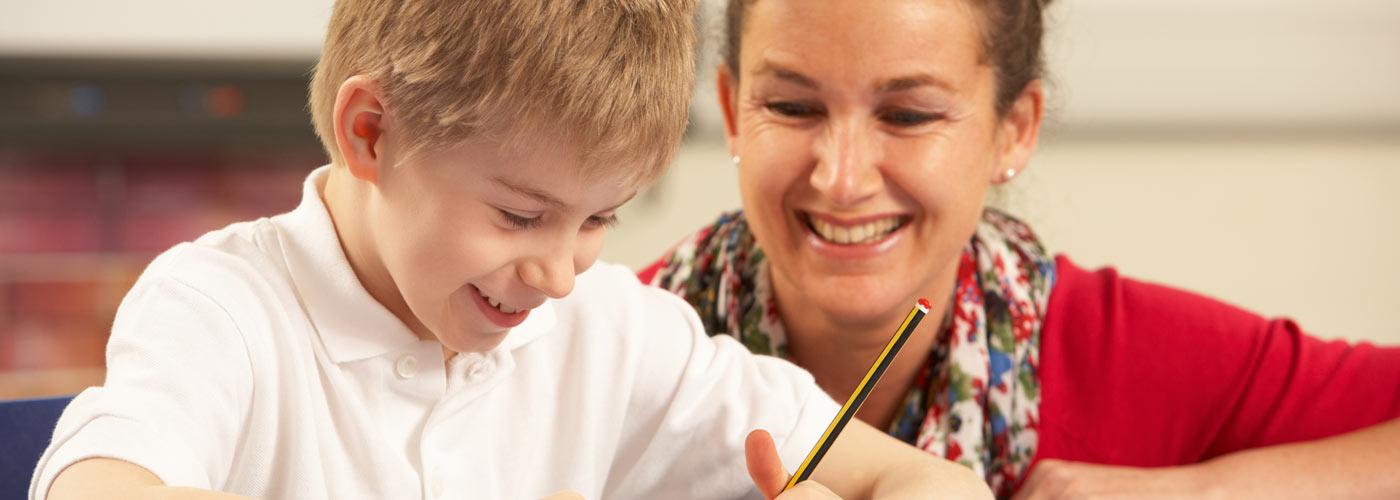Search Results for Collaborative%20Problem%20Solving
Collaborative Problem Solving: Parents and Children Working Together to Solve Everyday Problems in the Home
Written By: Rebecca Thomas | Resource Creation By: Bridget Morton | Design By: Sunny DiMartino
Parents may often grow frustrated when their child with an Autism Spectrum Disorder becomes increasingly defiant over a necessary daily task, such as teeth brushing, bathing, or getting out of bed in the morning. Before frustration reaches a boiling point, or resorting to punishment, parents can work together with their child to understand and express each other’s concerns and come up with a solution that works for everyone involved.
Helping Students Follow Classroom Expectations and Rules with Collaborative Problem Solving
Written By: Amanda Ronan | Resource Creation By: Bridget Morton | Design By: Sunny DiMartino
Collaborative Problem Solving (CPS) is an effective alternative to delivering negative consequences to students who aren’t consistently following basic classroom rules and expectations. A relationship-based, nonconfrontational approach, CPS helps teachers and students work together to understand everyone’s concerns, then arrive at a mutually beneficial solution.
The Sometimes Long and Winding Road to an Individualized Education Program
Written By Geoff Campbell | Resource Creation By Bridget Morton | Design By Sunny DiMartino
Maintaining an open line of communication with parents is important and often difficult, even in the best of circumstances. This is especially true when a struggling student is being evaluated for a possible disability—and an IEP—and a teacher’s continued updates throughout the process can provide worried parents with much-needed reassurance.